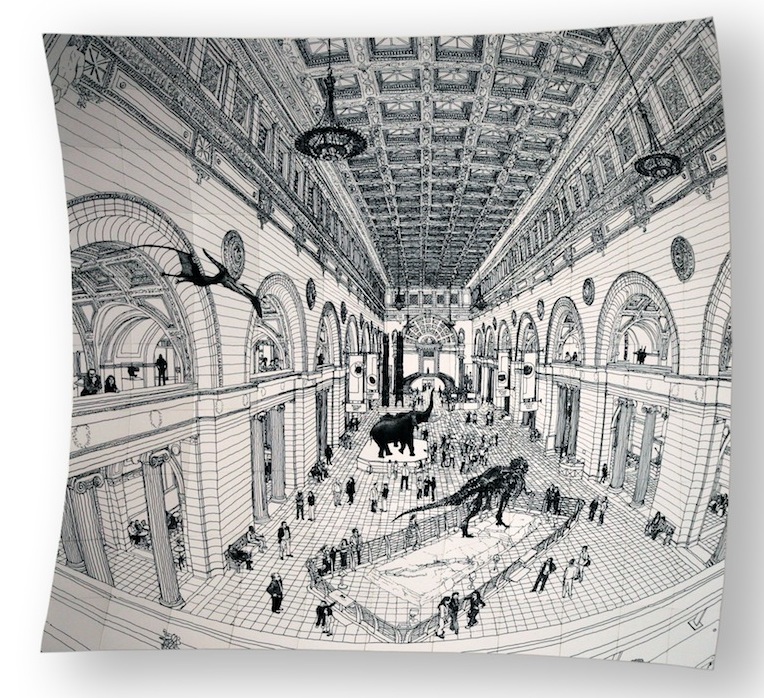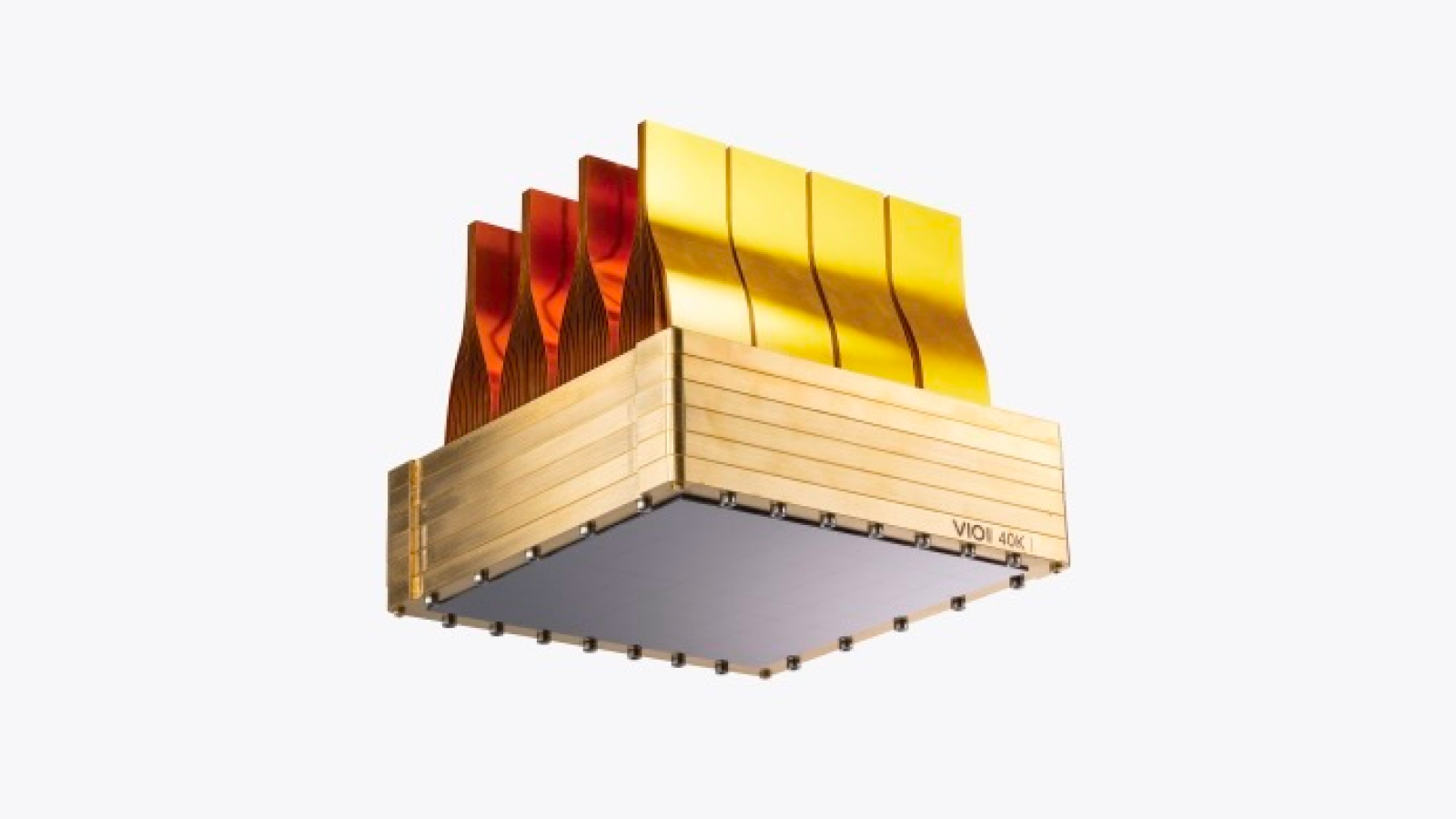Double Vision: Twin Artists Create Curved, Lifelike Landscapes

Twin brothers Ryan and Trevor Oakes have an unusual talent. The siblings have developed a method for creating lifelike, perceptual drawings on a curved canvas.
The brothers, 32, invented a drawing technique that involves splitting their vision in two, so that they can then trace a scene onto a curved canvas that more accurately captures how it appears in real life.
From now through June 13, the brothers will be drawing the iconic Flatiron Building in New York City, from 12 p.m. to 8 p.m. EDT daily. An exhibit of the twins' work, called "Compounding Visions," is currently on display at Composite: The Gallery at the National Museum of Mathematics. [See Twin Brothers' Lifelike, Curved Drawings]
Using their technique, the twins have produced detailed drawings of the Cloud Gate sculpture (also known as "The Bean") in Chicago, St. Paul's Cathedral in London and the Palazzo Strozzi in Florence, Italy, among other landmarks.
To understand their drawing method, hold your hand out in front of your face, then focus on the scene behind it. Your hand will go transparent. The twins do the same thing, using a curved canvas in place of a hand, and tracing what they see onto the canvas. The canvas is curved, Ryan Oakes said, so it can better represent how the human eye bends light to produce an image.
The twins have developed a special apparatus to keep their heads steady while they draw. Both twins are proficient at the technique, but Trevor Oakes does most of the drawing, while Ryan makes sure everything is set up correctly.
Editor's Note: If you have an amazing science image you'd like to share for a possible story or image gallery, please contact managing editor Jeanna Bryner at LSphotos@livescience.com.
Get the world’s most fascinating discoveries delivered straight to your inbox.
Follow Tanya Lewis on Twitter and Google+. Follow us @livescience, Facebook & Google+. Original article on Live Science.



